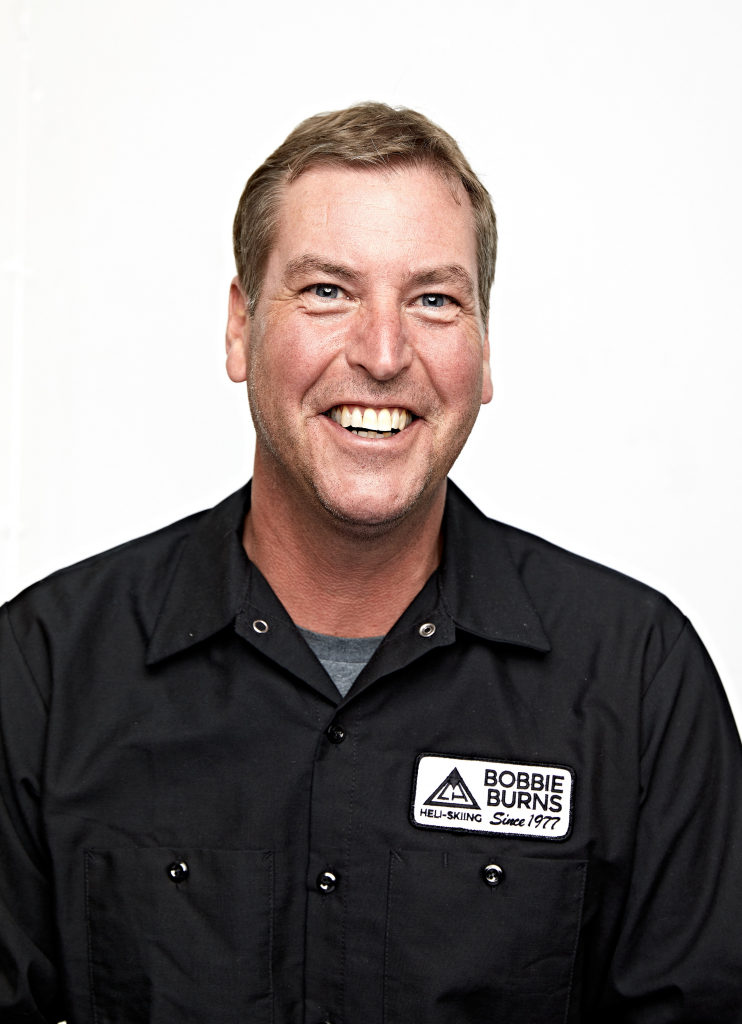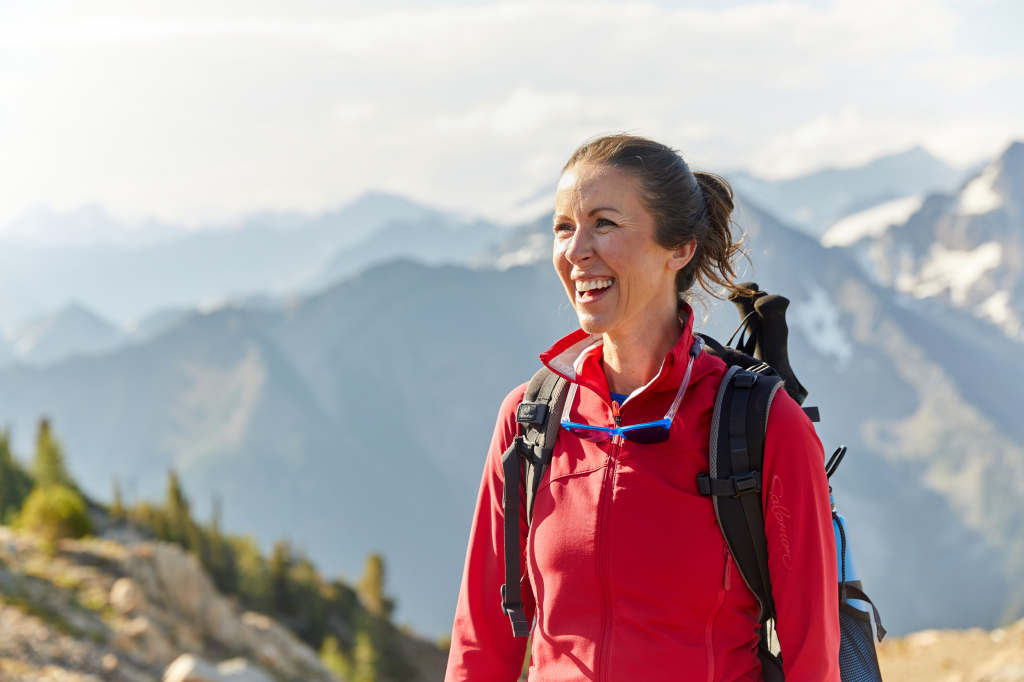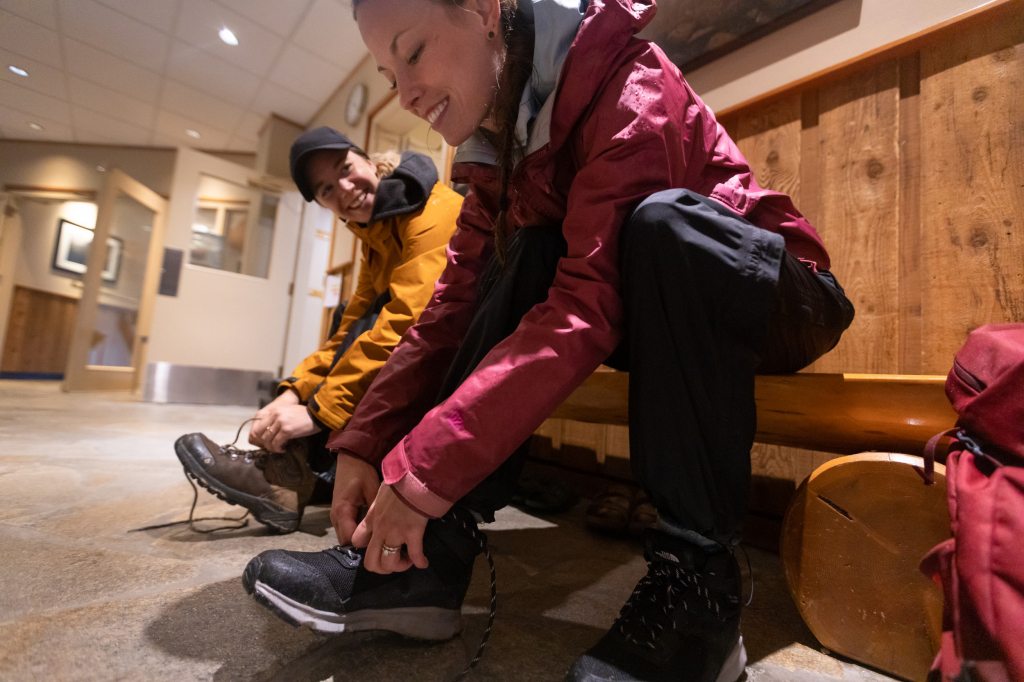May 23, 2024 | Words by Tyson Newell
Hiking isn’t always easy. Its challenges are part of the reward, but we don’t want to make it harder than it needs to be. Badly packed backpacks, bonks and blisters are just a few things that can sabotage a great day out. That’s why we asked Matt Dellow, CMH Guide & Bobbie Burns Area Manager, to share his experienced advice to help you get dialled for your next hiking trip.
1. HOW TO PACK A HIKING BAG: LESS-USED DOWN LOW & MUST-HAVES EASILY AVAILABLE
There’s an art to assembling your backpack. And it’s important to get right as it can have a big impact on your day. Fortunately, there are some basic guiding principles to help ensure you’ve packed efficiently and comfortably.
First things first, Matt recommends putting the things you’re least likely to need at the bottom of your pack. On a gorgeously sunny day with no rain (or snow) in the forecast, your rain shells and outer layers can go at the bottom. As for the things you’ll be using often throughout the day, they go right at the top of your pack for easy access. This avoids the dreaded ‘unpack and repack everything just to find your sunscreen’ mid-hike.
You might be wondering where to put your water. Keep it where it’s out of the sun and most secure, Matt advises.

“I encourage people to store their water inside their backpacks. Not in the outside pockets, as that tends to get loose in the helicopter, or fall out while bending over or crossing a stream.”
We didn’t push Matt to see if this tip had a story of a water bottle lost down a steep slope on a scalding hot day in July behind it, but we plan to take his advice either way. Water belongs in your backpack, but somewhere easily accessible so you can grab and sip throughout your day.
2. HIKING CLOTHES: BRING EXTRA LAYERS AND OPT FOR BRIGHT COLOURS
When the sun is high in the sky and summer has the day firmly in its grips, you might not spend too long thinking about your hiking clothes. But you definitely want to bring an extra layer. The weather might seem nice, but things can change in a hurry in the mountains. And when you consider you’ll be sweating, clothes become all the more important.
“As soon as I stop climbing a hill, I always put my next layer on right away, even if I’m still hot and sweating,” Matt said. “It’s better to adjust and add layers before you’re cold, because it’s a lot harder to get that body temperature back once you lose it. Capture the heat.”
Matt even takes it a step further, recommending hikers carry a toque/beanie and gloves in their packs for most of their summer outings.
“I keep a toque and gloves with me 95% of the time in the summer. You truly never know when you’ll need it. You finish on a mountaintop, and the wind might really pick up. A little toque and gloves can save the day and make you much more comfortable. For what little weight they take up in your pack, they are worth their weight in gold.”

Speaking of hiking attire, colour matters. And it goes beyond style, though that’s a consideration, too.
“Black is the worst colour. It tends to be hotter than other colours in the sun, and it attracts bugs more than lighter, brighter colours do. Bright colours are good in an emergency as well, as they allow you to be seen from the air or from a distance. And when you’re heli-hiking, it helps the pilot spot your position as they come in to land. Plus, colourful clothes pop in photos.”
Less overheating? Fewer bugs? Better in emergency situations? Hard to argue with Matt here. Bright colours for the win!
3. FOOD FOR HIKING: PACK LOTS AND SNACK EARLY
We mentioned bonking earlier. If the term is unfamiliar, it’s when your body has run out of energy and even the thought of continuing to hike becomes impossible to comprehend. We’ve all been there, especially out in the mountains. But fear not, dear hikers. Matt has hard-earned wisdom for us all to avoid the dreaded bonk.
“Don’t think about only eating lunch at noon. Think about snacking throughout the day, which will keep your energy up as you go and will keep you fuelled. It’s much better than waiting until lunch and then having a big meal.”
Permission to snack, granted. Keeping a steady flow of calories throughout the day is key for sustaining your energy as you grind up steep gradients, ramble across ridgelines and enjoy a frolic in alpine meadows. Speaking of calories, Matt has more to add:
“Take more food and water than you need. You’re burning more calories than you normally would. Plus, food just tastes better in the mountains. You might have to wait for your pick-up at the end of the day, so it’s nice to have a little extra food.”
Food is fuel, friends. When you’re venturing out, bring plenty and start snacking earlier than you might think. And if you’re heli-hiking with us, you won’t lack options in the snack department)
4. FOCUS ON YOUR FEET: GET HIKING FOOTWEAR THAT FITS AND AVOID HOTSPOTS
Those feet were made for walking, and that’s just what they’ll do. That’s assuming you look after them. But Matt kindly cautions that foot care begins long before you step foot (pun intended) on the trail. Buying proper fitting footwear is key.
“If you go to a good store, they’ll often have a ramp. Make sure you not only walk up it but walk down it a few times to make sure your toes aren’t hitting the front of your boots. That’s what’s called toe bang, and it can lead to bruising or even your toenail falling off. That can really ruin a hiking trip.”

When you’re finally on that trip that’s occupied both mind and browser window for months, the last thing you want is bruised toenails derailing your adventure. Or blisters, for that matter. Those can’t be ignored out on the trails.
“If your feet are uncomfortable and you start to feel a hot spot, stop as soon as you notice it,” Matt said. “Tell your guide or use what you have in your pack to try and make it more comfortable before it gets bad. The worst thing you can do is wait until it’s an open sore.”
Look after those feet (and toes), team!
IT’S TIME TO HIT THE TRAILS
Take advantage of these trail tips that Matt has gained from thousands of kilometres hiking up, down, around, and through some of the most majestic mountains in Canada, both in the Canadian Rockies and further afield. And if all this trail talk has you longing for a hiking adventure, perhaps with the quiet luxury of a mountain lodge as your home base, we’ve got some ideas.